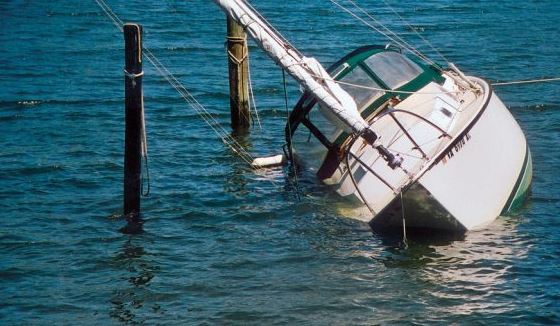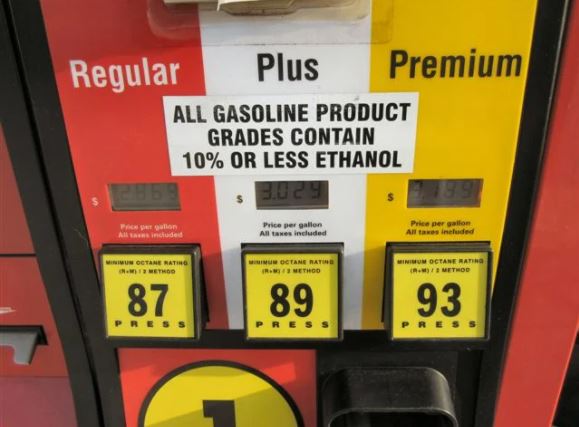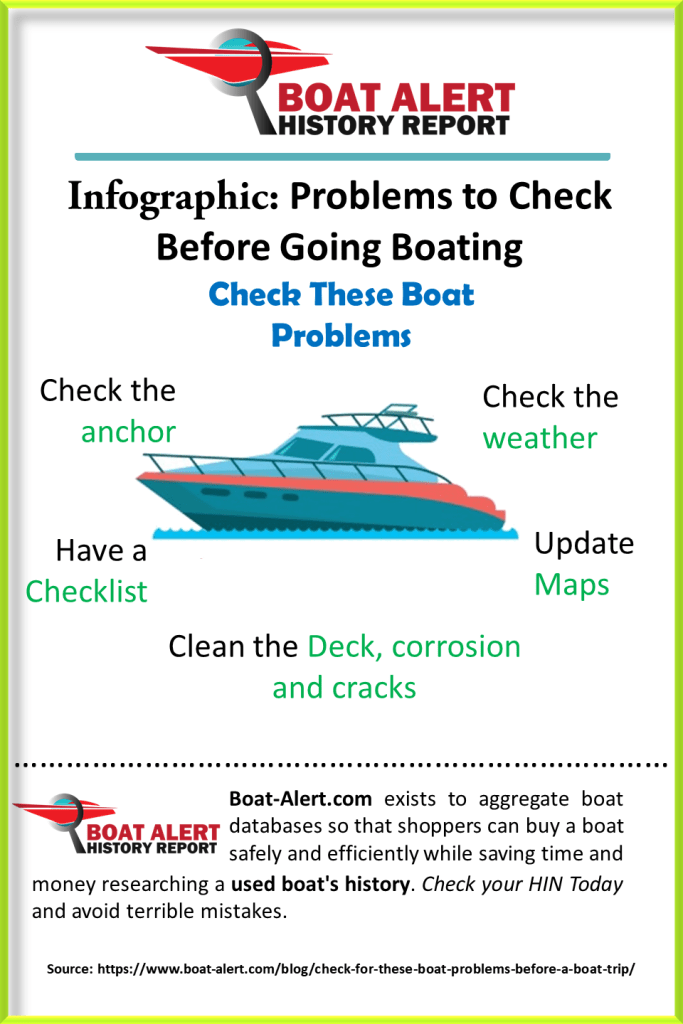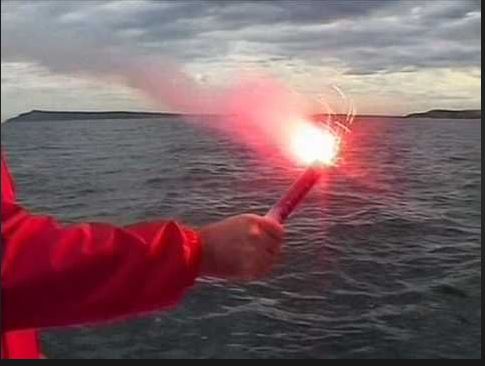Top 8 Problems to Check Before Going Boating
Table of Contents
Check For These Boat Problems Before A Boat Trip
Every year, the coastguard receives countless calls from boaters caught in the water at night who are unable to reach the coast. Boaters say they have seen red lights and hope the Coast Guard can pinpoint their location. Marine radio signals can transmit for many miles and there might be hundreds of flashing red lights in an area, but this kind of information is not helpful in locating a boat.
Boating Safety First
Update your maps and familiarize yourself with the local boat rules and zones. Get a local map of the area where you will go by boat. Study the chart and plan your course in advance. This will help you decide which day and time is best for sailing and inform yourself what kind of clothes and equipment you need to bring. Did you check the weather forecast?
Responsible sailing and boating in general has a lot to do with common sense. This includes an extensive review of boat equipment. Another way to protect yourself and your passengers from the sun is to use lots of sunscreen and a few extra hats.
Get to know the moving parts of your sailboat
A sailboat is a machine that is constantly in motion so take care of all moving parts of your boat. This includes large things such as spars and booms that swing when turning and are not fastened with screws.
Clean the deck as well as possible before stowing your sails.
Deck Joints – Try to look as closely as possible at the hull and deck joints of a yacht, especially if you see any abnormalities or strain on the joint.
Then look for areas where water has passed through, or see if there is water in the bilge, indicating that the joint seal is no longer complete. Problems with lower units are common on outboard axis drives, especially in difficult places. In most cases, problems with lower units arise due to a bad seal or a hairline crack in the housing that allows water to penetrate. The only way to know for sure whether the bottom unit gasket on the boat is working properly is to look for low oil content and make sure it does not look milky.
Corrosion – Watch out for excessive gray, white or chalky corrosion on aluminum and red or brown stripes on steel.
Cracks – If you see many cracks, the boat must be inspected by a specialist. Check for stress cracks in the fuselage and cannons. Some of these are due to bumps on the dock and may not be a problem, others are cosmetic and still others may be due to unusual movements of the boat that are not normal.
Boat Engine Trouble
Boating with a bad engine can put you in serious trouble. If this is the case, the next time you look at a used boat, check out the most common problems that arise on used yachts and boats. Engine problems are high on the list.
Drain Plug – Installing the drain plug is one of the most basic procedures when boating, but boaters around the country often forget this, especially at weekends. To make matters worse, several boat models have more than one plug. An operator who fails to install a plug can cause the boat to be full of water.

The Anchor
In boating, the only thing more frustrating than a boat that doesn’t go anywhere is one that doesn’t stop. Anchoring your ship in a hot fishing spot or secluded cove for a few hours of relaxation is part of the fun.
POWER OUTAGE
When the boat is in the water; it’s loaded up with gear, ice, and your favorite beverages; and everyone who is aboard. Maybe you’ve even put together a playlist on your iPod for the occasion. Don’t get caught with a dead battery when you fire up the engine.
You can avoid this dockside drama by checking all of your batteries with an onboard or portable meter, well before your first trip.
GASOLINE GRADE

These days gasoline is mixed with ethanol to increase the octane and have a cleaner fuel…But ethanol loves water. So much so, in fact, that it will absorb it to the point of saturation before separating your fuel into a watery mess. That’s when it makes a disaster of either your fuel tank, fuel lines, fuel system—or all three. Countless boat owners learn this painful chemistry lesson at the beginning of each season, and not only can it ruin your first run, it can also be a wildly expensive problem to fix.
The best way to avoid this situation is to use low octane gasoline or add a good-quality fuel stabilizer, every time you fuel up. Additionally, engines should be run dry of fuel at winterization time.

Conclusion
Do your homework before you go on the boat and have a great time on the water. Boating can be a great experience and a source of pleasure. Just remember to use the services of a quality dealer to make the process smoother when buying and check the used Boat Alert history by checking the HIN.
You may also want to read the boat safety tips for people boating with children.
Printable boating checklist
GENERAL:
- Do a general cleaning of hull, deck and topsides using a mild detergent
- Make sure drains and scuppers are clear
- Put on a good coat of wax
- Clean and polish metal with a good metal polish
- Clean teak and oil
- Clean windows and hatches
- Clean canvas, bimini and dodger
- Clean interior including bilges
- Check spare parts and tools and replace as necessary
- Make sure registration is current and onboard
- Check and replace wiper blades if necessary
- Check for hull abrasions, scratches, gouges, etc. and repair
- Check and replace zincs
- Check for blisters and refinish is necessary
- Check rub rails
- Check swim platform and/or ladder
- Inspect and test trim tabs
- Check shaft, cutlass bearing, strut and prop
- Check rudder and fittings
- Touch up or replace antifouling paint
DECK, FITTINGS, SAFETY EQUIPMENT:
- Check stanchion, pulpits and lifelines for integrity
- Check ground tackle, lines, fenders, etc.
- Check chainplates and cleats
- Check hull/deck joint
- Check deck, windows, and port lights for leaks
- Inspect anchor windlass and lubricate
- Clean and grease winches
- Check and lubricate blocks, pad eyes, etc.
- Check dinghy, and life raft
- Check, test and lubricate seacocks
- Check condition of hoses and clamps
- Make sure below waterline hoses are double clamped
- Check bilges pumps for automatic and manual operation
- Check for oil in bilges
- Check limber holes and make sure they are clear of debris
ELECTRICAL SYSTEM AND COMPONENTS:
- Check battery water level
- Check/recharge batteries
- Check terminals for corrosion, clean and lubricate
- Check bonding system
- Inspect all wiring for wear and chafe
- Test all gauges for operability
- Check shore power and charger
- Check for spare fuses
- Check all lighting fixtures (including navigation lights) and make sure you have spare bulbs
- Check all electronics for proper operation
- Inspect antennas
REQUIRED AND RECOMMENDED EQUIPMENT:
- Sound signaling device
- Check distress signals and expiration date
- Check PFD’s
- Inspect life rings and cushions
- Check fire extinguishers and recharge if necessary
- Check and adjust compass
- Check navigation lights
- Check charts and replace as necessary
- Check radar reflector
- Check and replace first aid supplies
- Check bailer and hand pump
INBOARD ENGINE(S):
- Change oil & filters – have spare onboard
- Check and change fuel filters – have spares onboard
- Check and change engine zincs
- Check cooling system change coolant as necessary – have extra onboard
- Record engine maintenance log, especially date & hours of last oil changes
- Check belts for tension
- Check transmission fluid
- Check and clean backfire flame arrestor
- Check impeller
- Check and clean water strainer
- Check bilge blower
- Checked for smooth operation – lubricate and clean as necessary
- If equipped with treatment system, have chemicals on hand
- Y-valve operation checked, valve labeled & secured
WATER SYSTEM:
- Flush water tank
- Check water system and pump for leaks and proper operation
- Check hot water tank working on both AC and engines
- Check for tank cap keys on board
- Check and clean shower sump pump screens
GALLEY:
- Fill propane tank, check electric & manual valves, check storage box vent to make sure it is clear
- Check refrigerator, clean and freshen, operate on AC and DC
- Clean stove, check that all burners and oven are working
- Check microwave, if fitted
OUTBOARD MOTOR:
- Replace spark plugs
- Check plug wires for wear
- Check prop for nicks and bends
- Change/fill gear lube
- Inspect fuel lines, primer bulb and tank for leaks
- Lubricate and spray moveable parts
- Check for current registration
- Check rollers and pads
- Check and lubricate wheel bearings
- Clean and lubricate winch
- Lubricate tongue jack and wheel
- Test lights and electrical connections
- Check tire pressure and condition
- Check brakes (if equipped)
- Check safety chains
- Check tongue lock
SAILS:
- Check general condition
- Look for wear and chafing
- Check battens and batten pockets
MAST AND RIGGING:
- Check mast and spreaders for corrosion or damage
- Inspect spreader boots and shrouds
- Inspect rivets and screw connections for corrosion
- Check reefing points and reefing gear
- Clean sail track
- Check rigging, turnbuckles and clevis pins for wear and corrosion
- Inspect stays for fraying and “fish hooks”
- Check forestay and backstay connections
- Check masthead fitting and pulleys
- Check and lubricate roller furling
- Check halyards and consider replacing or swapping end for end
- Tape turnbuckles, cotter pins, and spreaders
Read Related Articles:
- You want to avoid these Common Mishaps On Boat Trips
- Best Marine Surveyors in Honolulu
- Top 10 Must-Have Safety Equipment for Boats
- How to Sell a Boat in Wisconsin
- Boat-Alert.com Featured on Fox, CBS, and USA Today!
Categories: To learn more about Boat-Alert.com History Reports for used boats and boat hin lookup and decoder visit: www.Boat-Alert.com

